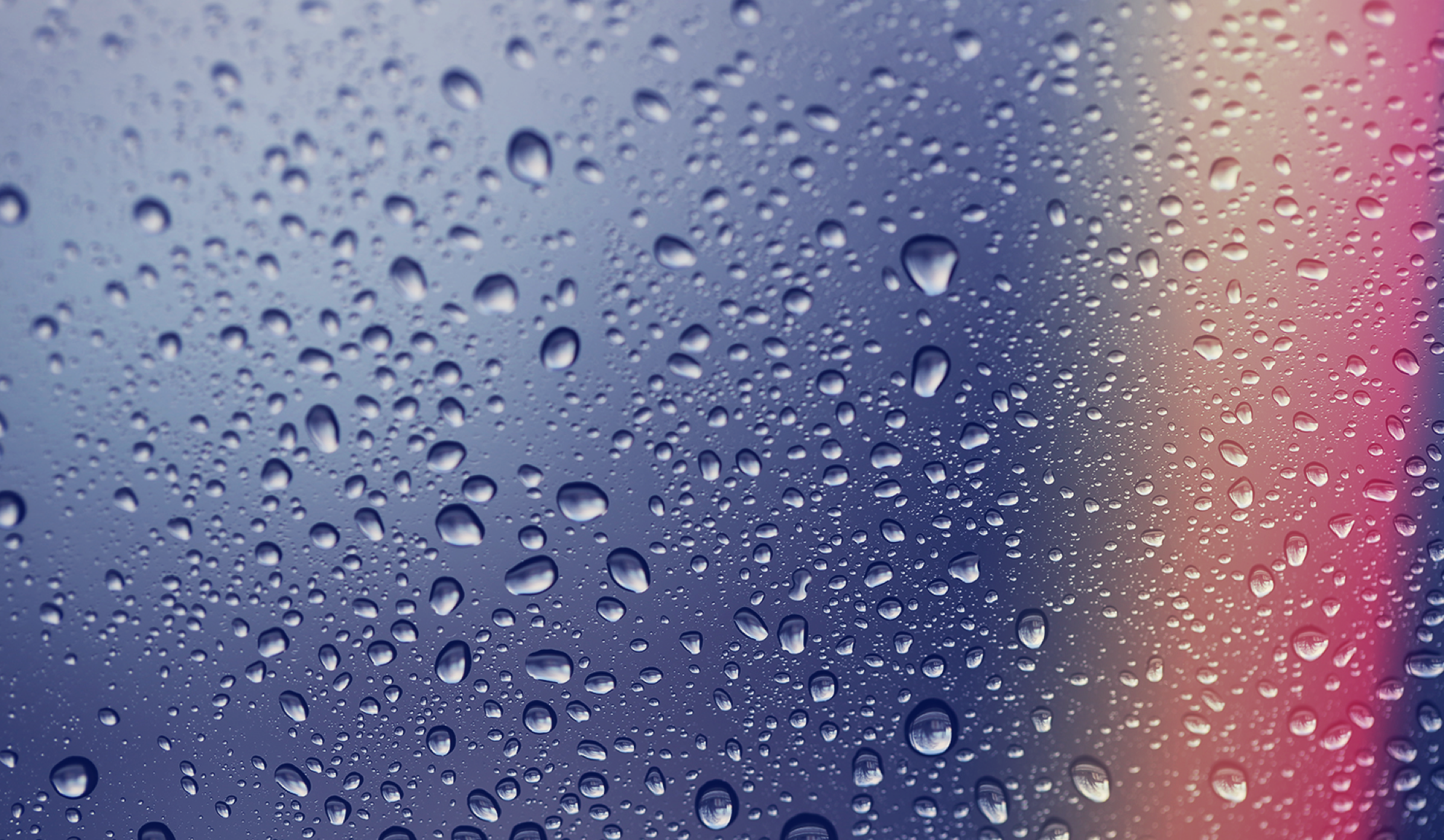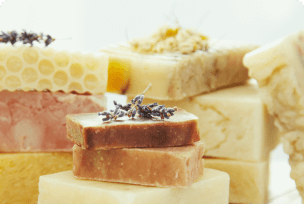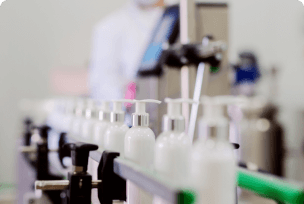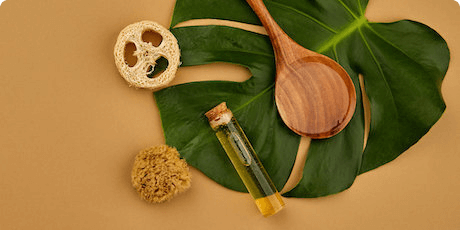
What is sweating and why does it happen?
Sweating is simply a phenomenon that happens between moisture and a humectant (the substance that preserves moisture), in this case, the humectant is glycerin. Glycerin in soap bases is a natural by-product of saponification and sometimes can be added as a moisturising agent. Humectants attract/absorb moisture from the air. Glycerin in soap attracts the moisture from the air which form on the surface of the soaps - this is so-called soap ‘sweating’.
At first, soap sweating looks like frost, and upon closer inspection, small water droplets are visibly covering the surface of your soap. As it is not coming from inside the soap, but is moisture from the air being attracted by the glycerin in the soap the more humid the environment, the more likely the glycerin will attract moisture on to the surface of your soaps.
Sweating can also happen with soap or shampoos which contain ingredients that act as natural humectants like honey or castor bean oil.
Soap sweating is not an alarming phenomenon, as it is natural for the glycerine to attract moisture from the air.
Glycerin is known to be beneficial for the skin. The theory is that when you wash with glycerin soap, a thin layer of glycerin is left behind, which will then draw moisture from the air, onto your skin, thus moisturizing it more. That’s the selling point of glycerine soap and you can read more about glycerin benefits here.
How to prevent it do’s & don’ts
The do’s
There are 5 ways to prevent it so try it by:
Wrapping your Soap in Plastic. It is probably one of the most effective ways to prevent your soap from sweating. Generally plastic wraps work, but ideally shrink-wrapping is the best option and by using a light blow of hot air from a hairdryer, this will wrap your product airtight avoiding any chance of sweating. It is advised to wrap your soaps immediately after unmoulding if you are not storing them in an airtight container.
Purchasing a low sweat soap base. Here at Stephenson, we have two low-sweat products – Crystal NS and Crystal WNS that are ideal for more humid environments and climates.
Preparing an airtight drying container. Add silica beads into an airtight container, and then place your finished soaps in the container for up to 2 hours, while checking on it every 30 minutes. This will keep your soap drier on the outside. Don’t leave the soap in the drying container for too long, or it will shrink and dry out.
Running a fan over the soap continually after the soap is unmoulded. This may work best for less humid environments, either way, it is worth trying with small batches to see if that prevents soap sweating.
Getting a dehumidifier in your soaping room. Ideally, the soaping room should be as airtight as possible for this option to work. While it is a fairly expensive option, it does work and it gives you the freedom to make larger batches of soap without fear of your soaps sweating.
The don’ts
Don’t over boil your soap and stir frequently. When heating your soap in a microwave or bowl, try not to boil it, as you will lose moisture and increase the chance of your soaps sweating.
Don’t put your soaps in a refrigerator or freezer. After you make your soap, don’t try to make it harden quicker by freezing them. Leave your finished products at room temperature to prevent your soaps sweating.
Generally, let your soap harden at room temperature, wrap them and then store in a cool, dry place. This should work the best.
How To Prevent Soap Sweating
Wipe your soap. Just wipe away the moisture on the surface of your soaps with a paper towel or lightly scrape it with a blunt knife.
Dry your soap. If the sweating is not as visible, you might just want to place in a drying container with silica beads or use a drier. For more effective drying you can use a heat lamp or oven light, without the oven on. Make sure you wrap them immediately when they are completely dry to prevent further sweating.
In some extreme cases, you might want to remake your soap. Just make sure you store it in a dry place or wrap immediately after unmoulding.
How to wrap your soap to prevent it from sweating
We have compiled a few ideas on how to wrap your soaps in order to prevent soap sweating.
Use a plastic shrink wrap. Cover your soap in a plastic wrap and apply heat from a heat gun or a drier. This will prevent your soap from sweating. Avoid overheating your soaps as this can cause them to melt. Here is a great video on how to shrink wrap your Melt and Pour soaps.
 Image Credit (left) – Candle Science
Image Credit (left) – Candle Science
Image Credit (right) – Roses & Tea Cups
Use Coffee filters or waxed wrapping paper. Soaps tightly packaged in paper coffee filters or waxed paper will also work.
 Image Credit – Lovinsoap
Image Credit – Lovinsoap
Cover soap in cloth. Use a piece of cloth to cover your soaps. And yet again make sure it is close-fitting to prevent soap sweating.
 Image Credit– burlap & blue
Image Credit– burlap & blue
Place soaps in a bag. A bag can be a nice and yet effective way to protect your soaps from sweating.
 Image Credit (left) – Kalema
Image Credit (left) – Kalema
Image Credit (right) – Anthropologie
We hope this blog post explains why soap sweats and how to prevent it.
If you want to inquire about our Crystal No Sweat and where to get it contact us here.

























